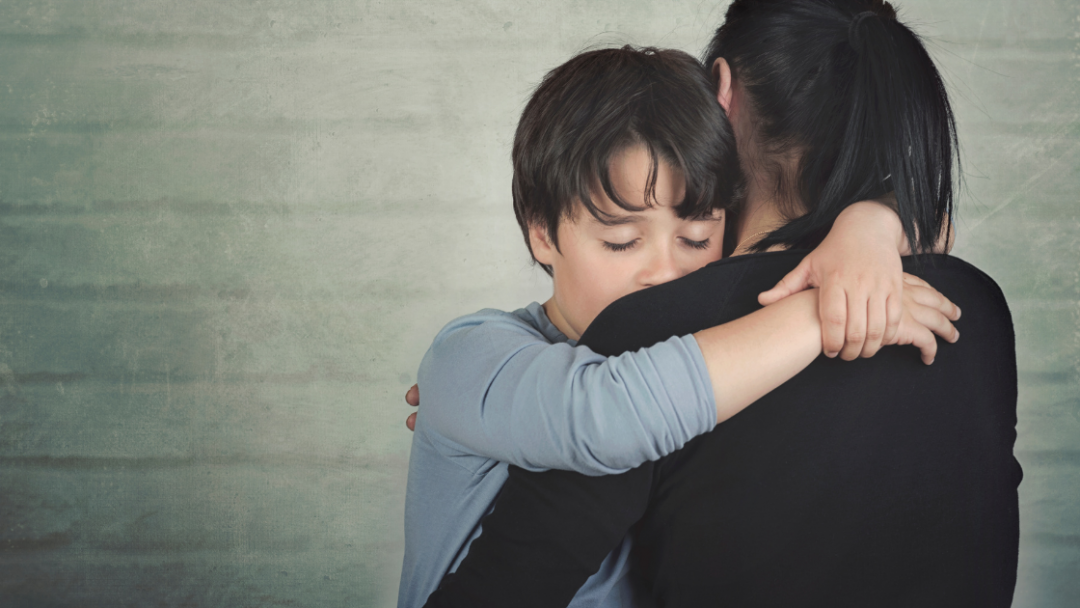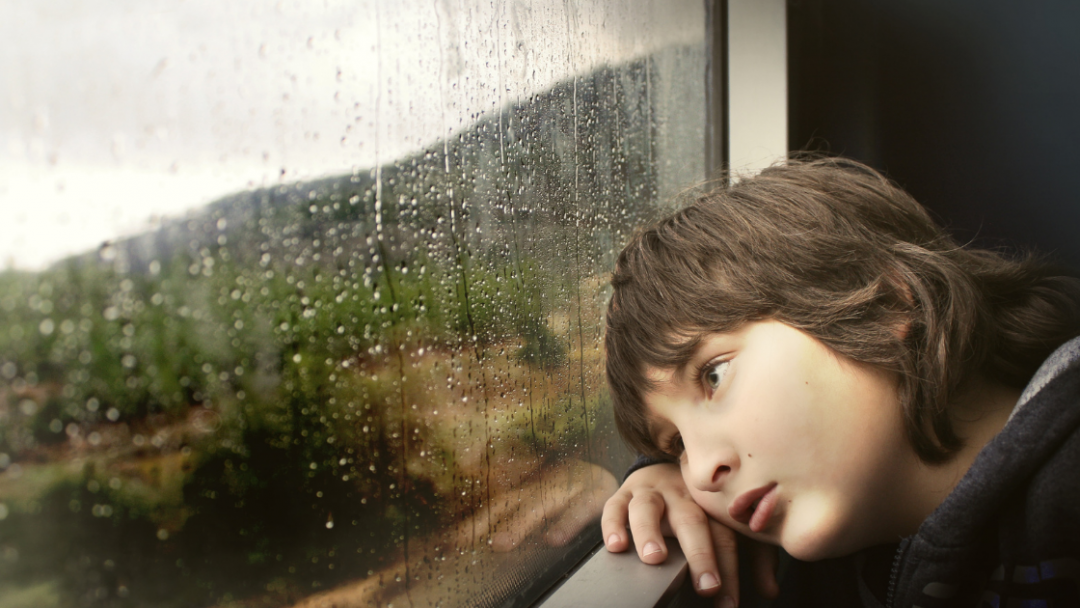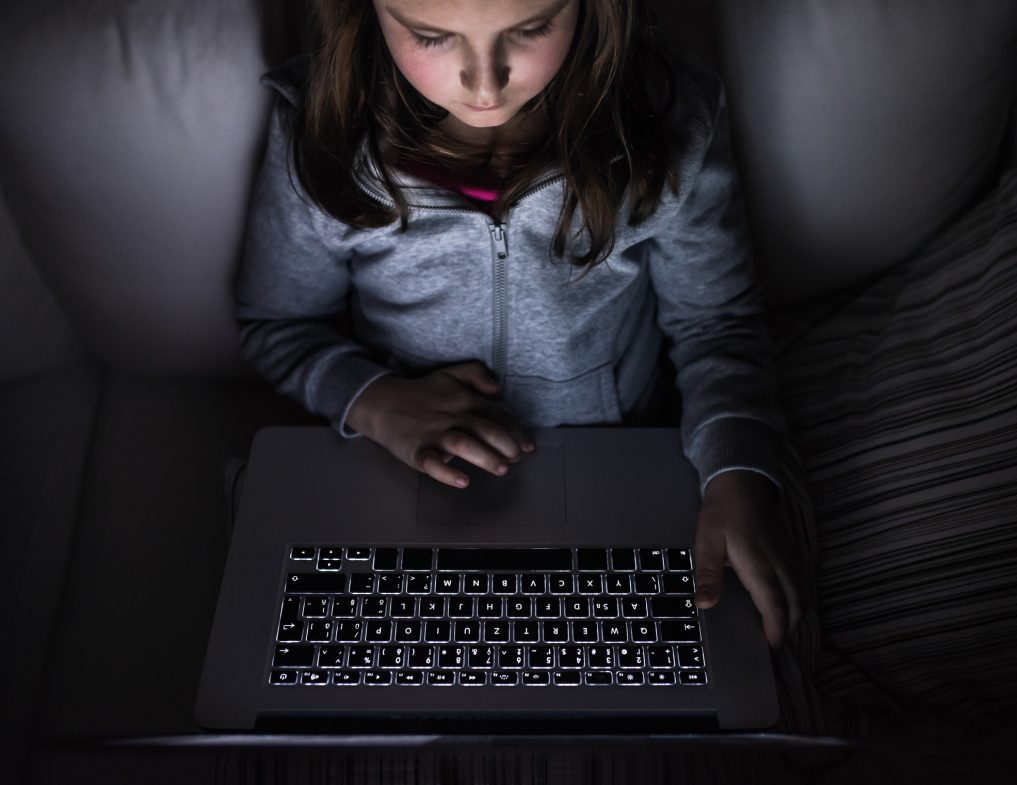Help! My child knows about the TikTok suicide video, what do I do?
Categories: Mental Health
***Trigger Warning: Suicide***

What happened?
Earlier this week, reports started circulating about a disturbing video on TikTok. A man in the US live-streamed his own suicide on Facebook and the video was then shared to TikTok. It was removed, but it had already been copied, edited into other videos and re-posted thousands of times (on Instagram and Twitter as well).
For the uninitiated, TikTok has a ‘For You’ feed, driven by an algorithm that selects popular videos to display to a user, regardless of whether they follow anyone who has engaged with that content.
This means that a lot of kids saw the suicide video, through no fault of their own.
Some kids also actively sought out the video, out of curiosity, bravado and/or fascination with the graphic nature of the content.
As ParentTV Expert Dr Justin Coulson pointed out, there can be ‘social capital’ in having seen content like this, and a sense of needing to ‘stay in the loop’ which drives kids to watch videos for the simple reason that the rest of their peer group has.
We’re not interested in judging kids for this. Curiosity is natural. Peer pressure is rife. The point is, many of them have now seen a man take his own life on the internet and they’re now feeling pretty distressed about it.
Why didn’t the video just get taken down?
Well, TikTok claims that they’ve been working hard on this, but it’s not as simple as just removing one video. Their algorithm is designed to detect and remove any content that glorifies, displays or promotes suicide, but sophisticated users can bypass or override it in a variety of ways.
A common method of covertly distributing banned videos is the ‘bait and switch’, in which the disturbing content is sandwiched between innocuous content (like puppies playing) that gives no clue of what’s to come. It’s horrible, and it’s how a lot of people have seen this video despite their intention to avoid it. But, while some TikTok users have been re-uploading the video, others have been proactively warning visitors to move off immediately if they see any footage of a bearded man (the opening frames of the suicide content), and report it, as many times as they come across it.
I don’t think my child has seen this video. How can I make sure they don’t?
We’ve got a lot of videos on ParentTV from social media and digital wellbeing experts (like Dr Kristy Goodwin and Jason Gibson) that suggest taking away your kids’ devices is not usually a good idea.
They’ve grown up in a digital world, and a lot of their social lives play out online, so they’re likely to react pretty badly if you cut them off. However, especially for parents of younger children, it’s a good idea to restrict their access to TikTok and other social media platforms over the next day or two while they work to eliminate the footage from their sites completely. Let them watch Netflix, play games, listen to audiobooks and do other stuff online – just not that. This doesn’t guarantee that they won’t see the video, but it should help.
My child has seen the video and they’re pretty upset. What now?
If your child has come to you and told you they’ve seen the video, here’s how to help them process it:
– Don’t get angry
Don’t get angry with your kids for viewing this content. Celebrate (internally) that they felt they could come to you, and do some gentle investigating to learn how they came to see it and how they felt when they watched it.
‘Be curious, not furious,’ says Dr Justin Coulson. ‘We’re aiming for understanding, not reprimanding.’ Even though your parental protective instincts might be triggered, try your best to stay calm. This will help co-regulate them and set a precedent that shows they can talk to you about hard things and you will help them. The last thing you want to do is drive them away because you can’t help them if you don’t know they’re upset about something.
– Remind them it was a real person
The man who committed suicide in the video was named Ronnie McNutt. He was 33 years old, and a US Army veteran who had served in Iraq. Tell your kids that he was a real person. There can be a sense of unreality to events portrayed on screens, as though we’re watching a movie, and this puts a barrier between viewers and their empathy response. Gently reminding kids that this was not a prank or fiction helps them understand how awful the dissemination of this footage really is.
‘Remind your kids that this person was a human, living and breathing just a few days ago,’ says Dr Coulson. ‘They were terribly sad, and they made a decision that will affect them and so many others because they were in so much pain. When we connect our kids with the humanity of the person, it becomes less about the kudos or social capital from viewing it and more about empathy for the suffering of that person.’
– Talk to them about what to do if it happens again
There’s an opportunity for grace in the response to this, and it’s through not circulating the video any further. ‘Ask your kids what it does to their heart and their humanity when they watch and share,’ says Dr Coulson. Without being accusatory, point out that not sharing the video any more is a dignified course of action they can take now, and it will help stop others feeling the same distress as they did.
Talk to your kids about what they can do if they see disturbing content again. The eSafety Commissioner has an online reporting function that can be accessed here: www.esafety.gov.au/report/illegal-harmful-content.
– Talk to them about suicide
If your child is feeling upset, confused and worried about what they’ve seen, it could be a good idea to instigate a conversation about suicide.
They’ve been exposed to something really confronting, and they may also have heard the unconfirmed reports that Ronnie McNutt had recently lost his job and broken up with his girlfriend, contributing to his decision to take his life. Kids may then make a correlation between these events and suicide, so it’s important to point out that, no matter what the media says, we cannot speculate about what was happening inside Ronnie McNutt’s head. We can only acknowledge that he was hurting.
‘When things like this happen, it’s important to speak plainly about death and what it means,’ says Maggie Dent. ‘Kids need to understand that death is permanent. There can be physical causes and psychological causes. Explain that people who take their own lives feel so awful that they can’t think of any other option other than to stop living.’
For younger kids, the mechanics might be relevant, too, in which case you can tell them that the person made a choice that made their body stop working, says Maggie. ‘Your child might react in any number of ways, but it’s really important that they understand that suicide is nobody’s fault. Nobody else is responsible.’
Let your kids know that support is available to people who are hurting, even though sometimes people can’t or don’t access it. Depending on their age, you might also choose to educate them about what resources are available to them and their peer group if they are experiencing mental health challenges. Stymie and Kids Helpline are good options.
If you decide that you’d like to revisit your family approach to online safety in the wake of this incident, check out our earlier blog on this topic. If you’ve got questions about particular platforms, you might find what you’re looking for in this one.


As always, our experts have lots of good advice on the topics of online safety and suicide. Here’s just a few:
If you’re experiencing mental health difficulties and want to talk to a trained counsellor, please contact
Lifeline on 13 11 14
Beyond Blue on 1300 22 46 36
Kids Helpline on 1800 55 1800




